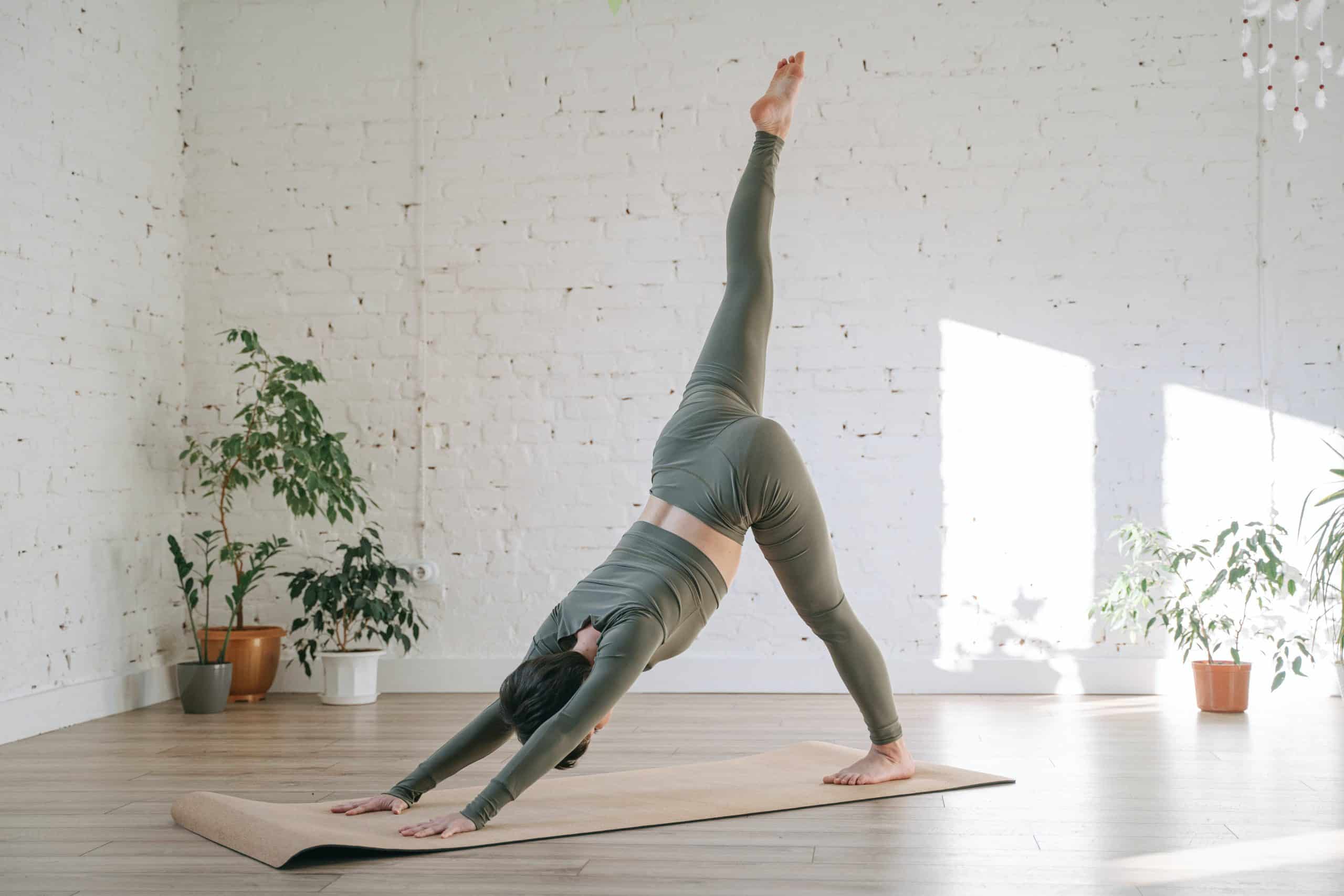Just as muscles grow stronger with exercise, so do your bones. Physical activity influences bone health, and certain types of exercise can be particularly beneficial for strengthening bones and preventing osteoporosis. In this article, we’ll explore the relationship between exercise and bone health, identify the best exercises for stronger bones, and provide tips for incorporating them into your daily routine.
The Link Between Exercise and Bone Health
Before diving into the specific exercises beneficial for stronger bones, it’s essential to understand the connection between physical activity and bone health. Bones, like muscles, respond to exercise by becoming stronger. This happens because exercises, especially weight-bearing and resistance ones, stimulate the cells that build new bone, increasing bone density.
Lire également : How to cope with chronic illness daily?
Osteoporosis, a condition characterized by weak and brittle bones, is a significant health risk for many people, particularly older adults and women after menopause. However, incorporating regular exercise into your lifestyle can lower the risk of developing osteoporosis and fractures.
Moreover, exercise not only builds and maintains bone density but also improves muscle strength, coordination, and balance. These factors are crucial as they can reduce the risk of falls that might result in broken bones.
Dans le meme genre : How can you naturally lower blood sugar levels?
Weight-Bearing Exercises for Bone Strength
Weight-bearing exercises play a crucial role in promoting bone health. These exercises make you work against gravity while staying upright, and they can be either high-impact or low-impact. High-impact weight-bearing exercises help build bones and keep them strong. If you have broken a bone due to osteoporosis or are at risk of doing so, you may need to avoid high-impact exercises and opt for low-impact alternatives.
Examples of high-impact weight-bearing exercises include dancing, high-impact aerobics, hiking, jogging or running, jumping rope, stair climbing, and tennis. These exercises stimulate bone formation by forcing the body to work against gravity, and the impact of feet hitting the ground sends signals to the cells in the bones of the lower spine, hips, and legs, telling them to create more bone tissue.
On the other hand, low-impact weight-bearing exercises, which can also aid in maintaining bone density, include low-impact aerobics, using elliptical training machines, using stair-step machines, and fast walking on a treadmill or outside.
Resistance Training and Bone Health
Resistance training, such as lifting weights, can also promote bone health. This type of exercise not only improves muscle strength and balance but also stimulates bone growth. Resistance exercises include activities where you move your body, a weight, or some other resistance against gravity.
Resistance exercises work on the principle of overload, which means that they challenge the muscles and bones by making them work harder than they are used to. This increased demand stimulates the cells responsible for building bone tissue and results in increased bone density.
Resistance exercises include lifting weights, using resistance bands, and body weight exercises like push-ups, pull-ups, and planks. They work on specific parts of the body, and for optimal bone health, you should aim to do resistance exercises that target all the major muscle groups.
Exercise Tips for People with Osteoporosis
For people with osteoporosis, regular exercise can help reduce the risk of broken bones. However, it’s important to choose the right types of exercises and perform them correctly to ensure safety and effectiveness.
Firstly, avoid high-impact exercises, as they can increase the risk of fractures. Instead, opt for low-impact weight-bearing and resistance exercises.
Secondly, focus on exercises that improve balance and posture, as they can reduce the risk of falls. Balance exercises include Tai Chi, yoga, and Pilates. Also, exercises that strengthen the muscles of the back can improve posture and reduce the risk of fractures in the spine.
Finally, always make sure to perform exercises correctly. This is especially important for resistance training, where the wrong technique can lead to injuries. Consider working with a physical therapist or a certified trainer who can guide you through the exercises safely and effectively.
Incorporating Exercise into Your Routine
If you’re new to exercise, start slow and gradually increase the intensity and duration of your workouts. Aim for at least 30 minutes of exercise on most days of the week, incorporating a mix of weight-bearing, resistance, and balance exercises.
Remember to listen to your body and rest if you feel any pain or discomfort. Staying consistent with your workouts and making them a regular part of your routine is vital to maintain bone health.
Remember, it’s never too late to start exercising. Regardless of your age, incorporating regular exercise into your lifestyle can lead to stronger, healthier bones. So why wait? Start promoting your bone health today with these exercises.
The Role of Flexibility and Balance Training in Bone Health
The importance of flexibility and balance in maintaining bone health should not be overlooked. These types of exercises, although not directly contributing to bone density, play a vital role in preventing falls, which can lead to fractures, especially in individuals with osteoporosis.
Flexibility exercises involve stretching your muscles and can include yoga, tai chi, and Pilates. Balance exercises, on the other hand, can be as straightforward as standing on one foot or more advanced like tai chi movements. Mayo Clinic suggests that seniors should incorporate balance exercises into their routine to prevent falls and the injuries they cause.
Furthermore, balance training can help in improving posture, a crucial aspect in reducing the risk of fractures in the spine. Improved posture helps evenly distribute the body weight, reducing the potential for bone loss and fractures. This is particularly important for people with osteoporosis, who are at a higher risk of such injuries.
When incorporating flexibility and balance exercises into your routine, it’s important to start at a comfortable level and gradually increase the intensity. Remember to always stay within your comfort zone and listen to your body’s signals. Pain or discomfort is a sign that you might be overdoing it.
In Conclusion: Achieving Stronger Bones through Exercise
To sum up, physical activity plays a significant role in promoting bone health. The best exercises for stronger bones include weight-bearing exercises, strength training, and exercises that boost flexibility and balance.
Weight-bearing exercises, both high-impact and low-impact, stimulate the bone-building cells, thereby increasing bone density. Resistance or strength training adds to this by working on the principle of overload, challenging the muscles and bones to work harder, leading to increased bone density. Flexibility and balance exercises, while not directly contributing to bone density, play a vital role in preventing falls and fractures.
Remember, it’s essential to incorporate a mix of these exercises into your routine, targeting all the major muscle groups. Starting slow, gradually increasing the intensity and duration, and paying heed to your body’s signals are the key strategies for safe and effective exercise.
For people with osteoporosis, choosing the right type of exercise is essential. Avoiding high-impact exercises, focusing on balance, flexibility, and strength training exercises, and ensuring the right technique can prevent injuries and promote bone health.
Regardless of your age or current bone health status, it’s never too late to start. Engaging in regular physical activity can lead to stronger, healthier bones. Embrace a lifestyle that includes regular exercise, and enjoy the multiple benefits it brings to your bone health.






